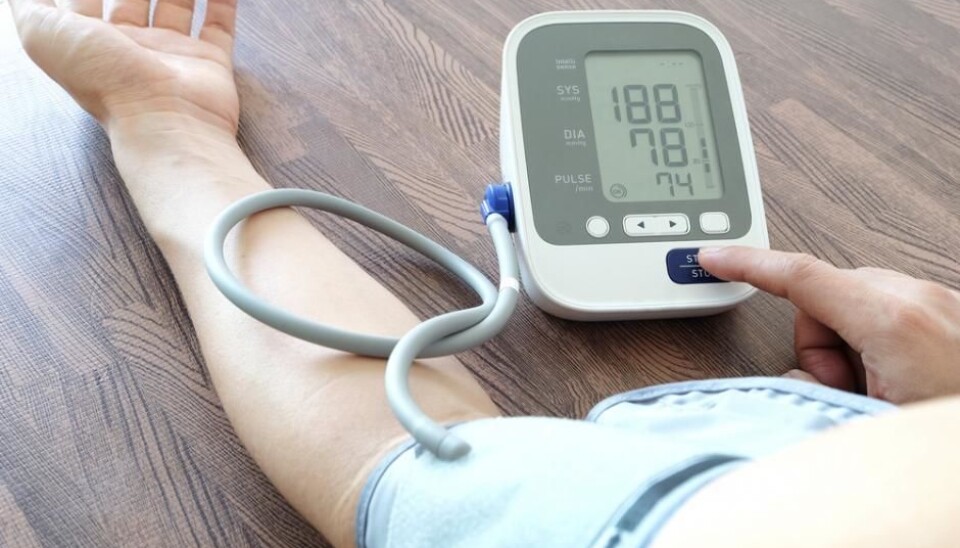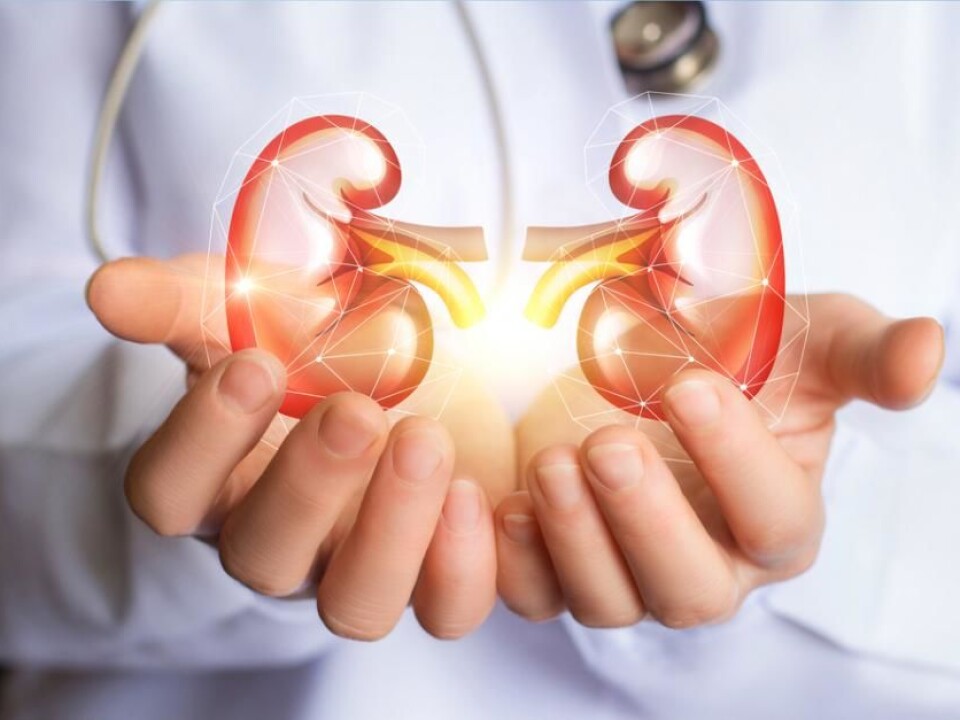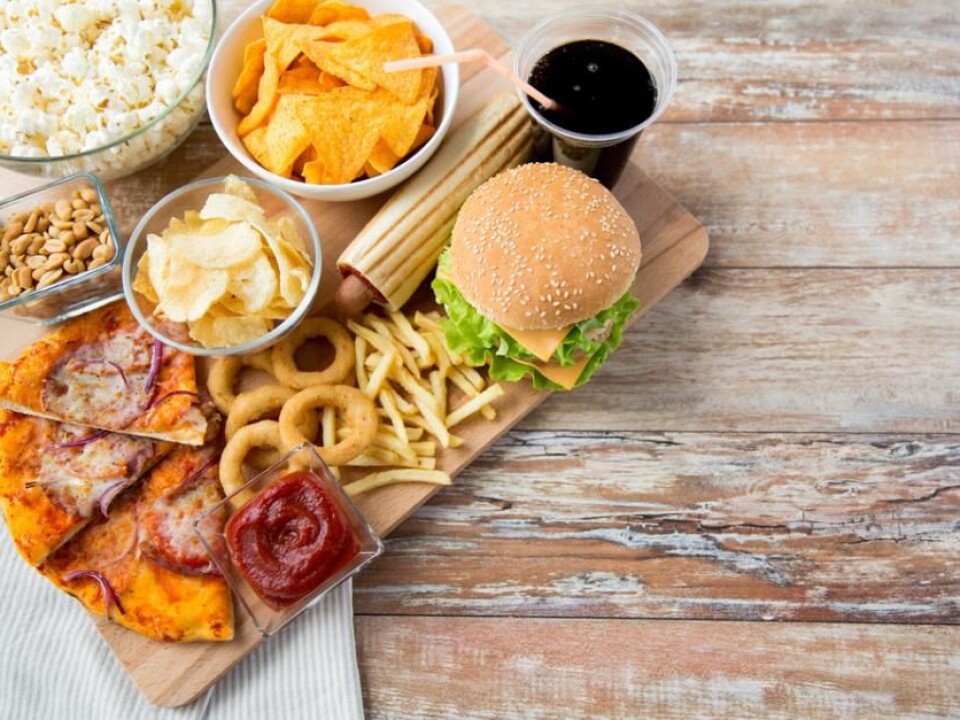
High blood pressure? Reducing salt intake alone will not solve it
Upping your potassium intake is also necessary.
Reducing the amount of salt you eat is one of the most important habits that you can implement to reduce your blood pressure.
Too much salt (Sodium Chloride, NaCl) from foods such as potato chips, pizza, or salty cheese, can lead to raised blood pressure, especially if you have kidney disease, or if you currently suffer or have ever suffered from high blood pressure.
It is now 20 years since we first learnt how diet influences blood pressure as part of The Dietary Approaches to Stop Hypertension project or DASH.
The study showed that a systematic change of diet to boost intake of fibre, magnesium, calcium, and potassium, could reduce blood pressure significantly, and especially among those with raised blood pressure. This effect was further boosted by limiting sodium intake.

This has since been confirmed by many studies, including new research from France, which discovered that the secret to lower blood pressure in the long-run was to eat a diet that is both low in sodium and high in potassium. This relationship between sodium and potassium in the diet is known as the Na:K ratio.
“So what’s new?” you may ask.
Research in recent years has shown that potassium intake directly regulates how much salt (sodium) the kidneys excrete. High potassium intake forces the kidney’s to excrete more sodium and explains why increasing dietary potassium is just as important as decreasing sodium when it comes to reducing blood pressure.
To understand why we need to take a closer look at how sodium and potassium work in the body.
Salt keeps the circulation system going

Most sodium in the body is dissolved in the blood plasma and fluid outside the cells.
The amount of fluid in the body is dictated by the amount of sodium: more sodium means more water. And if your body cannot excrete salt, and only accumulates it, this leads to oedema—swollen legs and fluid in the lungs.
A healthy body regulates sodium content, almost regardless of how much sodium you eat, so long as the kidneys function normally. But sodium may accumulate, and you may develop edema, if you suffer from heart, liver, or kidney disease.
A surplus of salt is excreted in the urine. This is why your urine contains lots of salt after eating salty foods such as potato chips, soya sauce, olives, feta, or salami. Conversely it contains less salt after fasting, intense sweating, or a bout of diarrhoea.
But for patients suffering from kidney disease on dialysis, the salt you eat stays in the body until the next dialysis session. Here, the salt “binds” water and you can gain one kilogram weight as fluid per 10 grams of salt a day.
Eating too much salt over the long-term in otherwise healthy people can increase blood pressure and increase the risk of formation of blood clots in the brain and heart. So health recommendations are to eat no more than seven to eight grams of salt (NaCl) a day for healthy people, and be particularly aware if you have kidney disease or raised blood pressure.
Most unprocessed foods are naturally low in salt, such as fruit, vegetables, oats, rice, potatoes, fresh meat and fish. In fact, you consume most salt through products such as bread, sandwich fillings, or ready meals. It is estimated that about 70 to 80 per cent of daily salt intake is through industrially processed food. Salt is added as a very cheap flavour boost by the food producers.
So it is these processed foods and not the salt shaker on the kitchen table that are the biggest salt-sinners.
No need to fear a lack of salt
If you are a healthy person then you cannot eat too little salt because the body holds onto it incredibly well. After a short period of eating a low-salt diet your body hardly excretes any salt in sweat, faeces, or urine. In some cases, the salt content of urine can be less than that of tap water.
But you can conversely lose salt if you are sick, for example by diarrhoea or vomit (or extreme sport). And in this case, salt loss can become critical as salt controls the volume of fluid that surrounds cells and plasma and it can therefore lead to low blood pressure, in severe cases lack of blood supply to critical organs, and circulatory collapse and death.
The combination of salt and water loss is especially dangerous for small children. The World Health Organisation (WHO) estimates that 500,000 infants and toddlers under the age of five die each year, especially in developing countries, by simple gastrointestinal infections. Where it is not by the infection itself that causes these deaths but the loss of salt and water.
Potassium stored in nerve and muscle cells
Unlike sodium, potassium is concentrated in the bodies 1,000 billion cells. High potassium concentration inside the cells combined with low concentration outside, and the opposite with sodium, is maintained by a “pump” that acts across the cell membrane (the cells outer wall).
This pump transports potassium in and sodium out of the cells. Its function was described by the Danish researcher, Jens Christian Skou, who in 1997 won a Nobel Prize for chemistry for his work at Aarhus University performed in the 1050s.
If the potassium balance is upset you notice it in your muscles. For example, low potassium concentration in blood plasma makes it harder to stimulate the cells, leading to reduced muscle strength and making it harder to lift shopping bags. It can even lead to paralysis.
Too much or too little potassium can kill
Unlike sodium, small changes in the concentration of potassium can be deadly. A normal blood plasma potassium concentration is between 3.5 and 4 millimoles per litre, but half or double these concentrations are dangerous and can be deadly.
For example, some US states use potassium injections to execute prisoners on death row, where too much potassium in the blood ultimately leads to cardiac arrest.
Just as with sodium, the kidneys maintain the balance of potassium in and out of our bodies. If you eat a meal containing a tray of fresh strawberries and some new potatoes in June, you actually receive a deadly dose of potassium. But insulin helps to transfer not only sugar (glucose) but also potassium into the body’s cells and the kidneys then excrete it via the urine.
Conversely, the kidneys hold onto potassium if levels have dropped due to diarrhoea or vomiting.
But if your kidneys do not function properly and if you are not on dialysis, rising potassium concentration can lead to death within days.
High potassium intake has been known to lower blood pressure in people for some time. Studies in mice have shown a direct link between a low-potassium, high-sodium diet and raised blood pressure. But it is only recently that we have discovered the kidney’s role in this process.
Controlling the body’s potassium balance is therefore important for health. And if you take diuretics that may either increase or lower the potassium concentration it is recommended that you have regular check ups with your doctor to measure your potassium concentration in blood plasma.
More potassium means less sodium
The new results (see here, here, and here) describe the kidney’s built-in ‘potassium sensor’—an area of the kidney which is particularly sensitive to potassium concentration in blood. The sensor controls the transport of sodium, and in doing so changes the amount of potassium excreted via the urine. If sodium passes the terminal part of the renal tubular system, it indirectly promotes loss of potassium into urine.
This means that if you have lost a lot of potassium recently, the kidneys need to hold onto the body’s remaining potassium. The sensor tells the renal tubules (the kidneys pipeline) to absorb more sodium, which subsequently minimises the loss of potassium.
It is now well established that the body prioritises the balance of potassium over sodium, and that chronically low potassium intake is therefore likely to lead to retention of sodium, which consequently, raises blood pressure.
Conversely, if you eat a lot of potassium, the body retains less sodium in order to promote potassium excretion. This mechanism can explain why consuming potassium-rich foods has a beneficial impact on blood pressure, as it drives more sodium to be excreted.
So the dietary advice has not changed, but we now understand just how these systems work and we suspect that eating plenty of potassium is just as important as limiting salt (NaCl) or sodium (Na+) intake. Luckily, autumn is the perfect time of year to eat lots of potassium from the rich collection of seasonal fruits and nuts that are now available.
---------------
Read this article in Danish on ForskerZonen, part of Videnskab.dk
Translated by: Catherine Jex
Scientific links
- 'Expression and phosphorylation of the Na+-Cl− cotransporter NCC in vivo is regulated by dietary salt, potassium, and SGK1,' American Journal of Physiology Renal Physiology (2009), doi: 10.1152/ajprenal.00030.2009
- 'Potassium Sensing by Renal Distal Tubules Requires Kir4.1,' Journal of the American Society of Nephrology (2017), doi: 10.1681/ASN.2016090935
- 'Unique chloride-sensing properties of WNK4 permit the distal nephron to modulate potassium homeostasis', Kidney international (2016), doi: 10.1038/ki.2015.289










